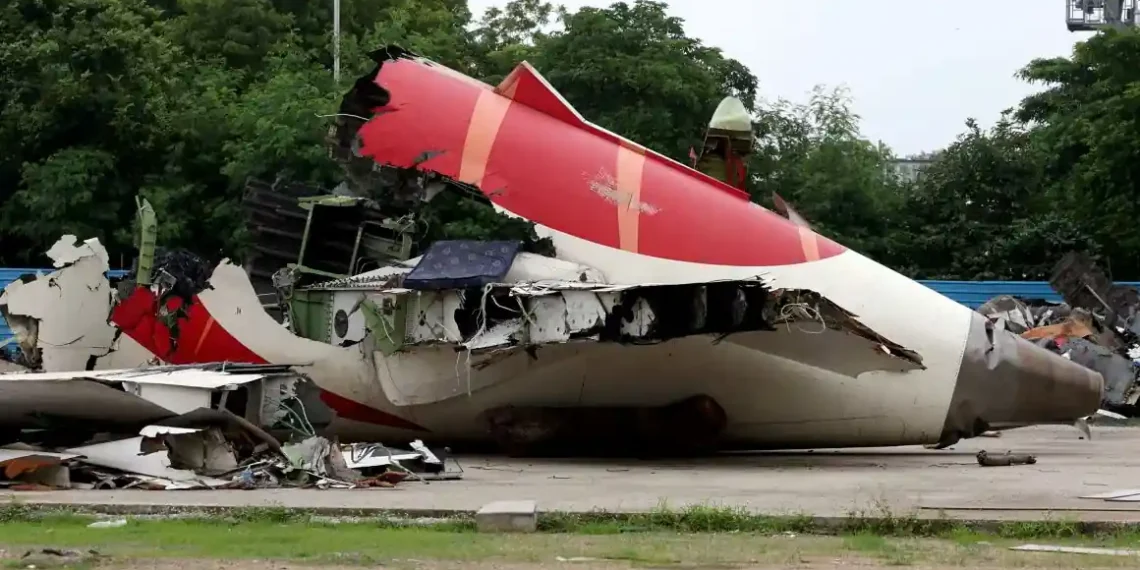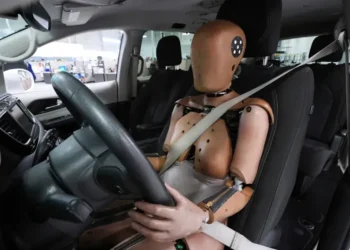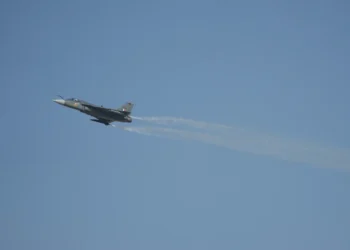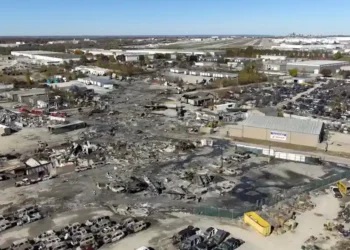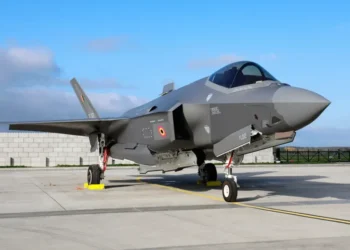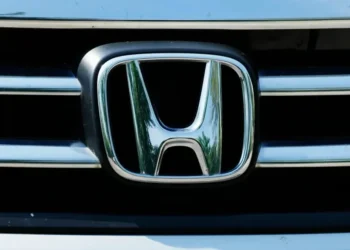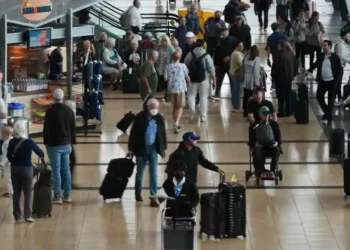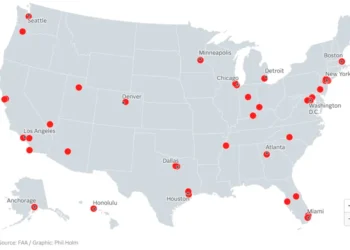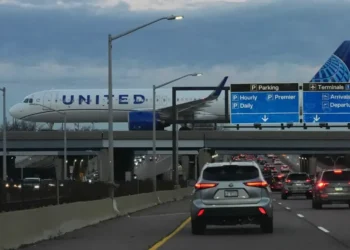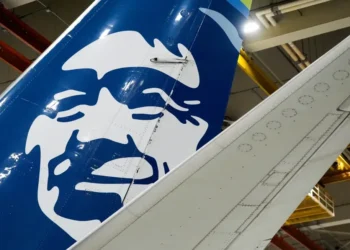Deadly Ahmedabad Incident Sparks Debate on Aviation Privacy, Safety Standards
Air India Crash Renews Push for Cockpit Video Recorders
The deadly crash of Air India Flight 171 in Ahmedabad last month has reignited a long-standing debate in the aviation industry: Should cockpit video recorders become standard on commercial aircraft?
The tragedy, which claimed the lives of 241 passengers and crew as well as 19 people on the ground, has prompted renewed calls from global aviation leaders and investigators to reconsider onboard camera use alongside existing voice and flight data recorders.
International Support for Cockpit Cameras Grows
Willie Walsh, director general of the International Air Transport Association (IATA) and a former airline pilot, voiced strong support for cockpit cameras during a press conference in Singapore on Wednesday.
“Given what little we currently know, cockpit video could significantly assist in understanding what happened—especially in terms of pilot behavior and mental health,” Walsh said.
India’s Aircraft Accident Investigation Bureau (AAIB) has yet to publish a final report, but early findings suggest that one pilot may have mistakenly cut off fuel to the Boeing 787’s engines seconds after takeoff—potentially causing the crash.
Walsh and other aviation safety advocates argue that cockpit video could fill in critical gaps that voice and data recorders cannot, particularly in complex or controversial incidents.
Past Cases Highlight Video’s Value
Recent crash investigations have shown how helpful video footage can be. In 2023, Australia’s Transport Safety Bureau used onboard video to determine the cause of a fatal Robinson R66 helicopter crash. The footage revealed the pilot was distracted by phone use and eating during flight.
That video, recorded by a factory-installed camera, was described as “invaluable” by investigators. The bureau has since encouraged other aircraft manufacturers to consider similar systems for safety monitoring.
A Longstanding Proposal
Calls for cockpit video recorders aren’t new. In 2000, then–U.S. National Transportation Safety Board (NTSB) chairman Jim Hall urged regulators to mandate cameras after the 1999 EgyptAir Flight 990 disaster, where a co-pilot deliberately crashed the aircraft, killing all 217 aboard.
“In the balance between privacy and safety, the scale tips toward safety, unequivocally,” said air safety expert and former airline pilot John Nance.
Other experts, including aviation safety professor Anthony Brickhouse, agree that video could help clarify what happens in the cockpit during an emergency. “Video from Flight 171 would have answered a lot of questions,” Brickhouse said.
Pilots Push Back on Privacy Grounds
Despite growing international support, pilot unions remain strongly opposed. U.S.-based groups such as the Air Line Pilots Association (ALPA) and Allied Pilots Association (APA) argue that current voice and data recorders already provide sufficient information—and that cameras would be an invasion of privacy.
“More data isn’t always better,” said APA spokesperson and American Airlines pilot Dennis Tajer. “The data we already have is enough to determine the cause of a crash.”
Concerns also include the potential misuse of footage by airlines for disciplinary reasons and the emotional harm caused by leaked videos showing a pilot’s final moments.
“The idea of a pilot’s death ending up on the evening news is unimaginable for families,” said John Cox, an aviation safety expert and former ALPA official.
Even if cameras were installed, many remain skeptical that global systems can guarantee video confidentiality. The International Federation of Air Line Pilots’ Associations (IFALPA) stated there is “no doubt” such footage could eventually be leaked or misused.
Industry Reaction and Next Steps
Boeing declined to confirm whether its aircraft can be equipped with cockpit cameras. Airbus did not respond to media requests. Air India also declined to comment on the matter.
Under international regulations, India’s AAIB is expected to release a final report within a year of the crash. Whether this incident will finally lead to policy changes remains uncertain, but pressure is mounting on regulators and manufacturers to revisit the role of video in improving aviation safety.
This is a developing story. Stay with JournosNews.com for updates as the investigation progresses.
This article was rewritten by JournosNews.com based on verified reporting from trusted sources. The content has been independently reviewed, fact-checked, and edited for accuracy, neutrality, tone, and global readability in accordance with Google News and AdSense standards.
All opinions, quotes, or statements from contributors, experts, or sourced organizations do not necessarily reflect the views of JournosNews.com. JournosNews.com maintains full editorial independence from any external funders, sponsors, or organizations.
Stay informed with JournosNews.com — your trusted source for verified global reporting and in-depth analysis. Follow us on Google News, BlueSky, and X for real-time updates.
